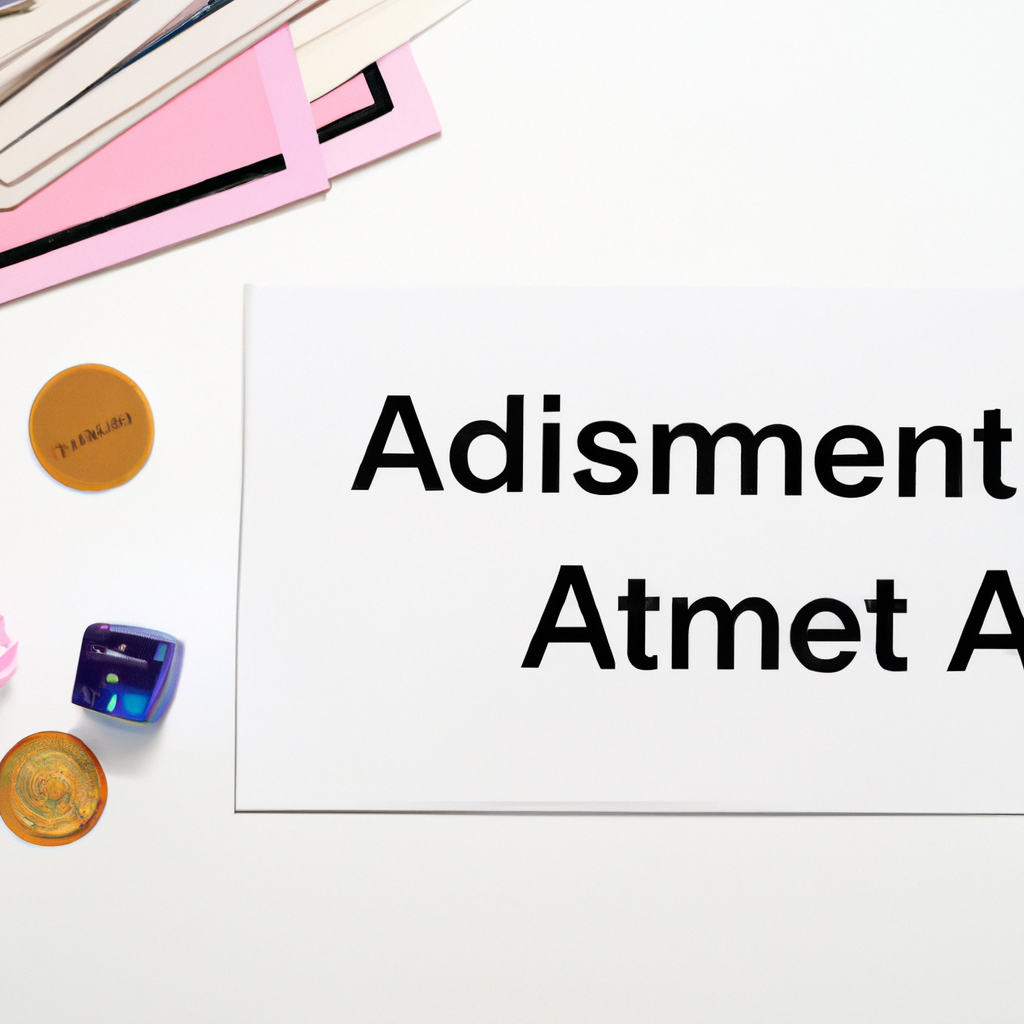Review of Digital Asset Management Platforms
Introduction
Digital Asset Management (DAM) platforms have become essential tools for businesses and organizations to efficiently organize, store, and distribute their digital assets. With the increasing volume of digital content being created, it is crucial to have a robust DAM system in place. In this article, we will review some popular DAM platforms and explore their features, benefits, and limitations.
1. Adobe Experience Manager Assets
Adobe Experience Manager Assets is a comprehensive DAM platform that offers a wide range of features for managing digital assets. It provides a centralized repository for storing and organizing assets, with powerful search capabilities to quickly find the required content. The platform also allows for easy collaboration and version control, enabling teams to work together seamlessly. Additionally, it integrates well with other Adobe Creative Cloud applications, making it a preferred choice for creative professionals.
However, Adobe Experience Manager Assets can be quite complex to set up and requires a certain level of technical expertise. The pricing can also be a deterrent for small businesses or organizations with limited budgets.
2. Bynder
Bynder is a cloud-based DAM platform that focuses on simplifying asset management processes. It offers an intuitive user interface, making it easy for users to upload, organize, and share assets. Bynder also provides robust metadata management, allowing for efficient tagging and categorization of assets. The platform offers integrations with popular software, such as Adobe Creative Cloud and Microsoft Office, to streamline workflows.
One limitation of Bynder is that it may lack some advanced features that larger enterprises may require. Additionally, the pricing structure can be expensive for organizations with a large number of assets or users.
3. Widen Collective
Widen Collective is a DAM platform that emphasizes scalability and customization. It provides a flexible and scalable solution for businesses of all sizes. Widen Collective offers extensive metadata capabilities, making it easy to tag and search for assets. The platform also includes powerful analytics and reporting features, allowing organizations to gain insights into asset usage and performance. Moreover, Widen Collective offers integrations with various third-party applications, enhancing its functionality.
However, Widen Collective may not be as user-friendly as some other DAM platforms, requiring a learning curve for new users. The pricing can also be on the higher side, especially for smaller businesses.
4. Canto
Canto is a DAM platform that focuses on simplicity and ease of use. It offers a user-friendly interface that allows for easy asset organization and sharing. Canto provides robust metadata management, enabling users to add custom tags and keywords to assets. The platform also offers features like version control and collaboration, making it suitable for teams working on creative projects.
One limitation of Canto is that it may lack some advanced features found in other DAM platforms. Additionally, the pricing structure may not be as competitive as some of its competitors.
Conclusion
Choosing the right Digital Asset Management platform is crucial for businesses and organizations to effectively manage their digital assets. Each platform reviewed here has its own strengths and limitations, and the choice depends on specific requirements and budget. Adobe Experience Manager Assets is a comprehensive solution for creative professionals, while Bynder offers simplicity and ease of use. Widen Collective focuses on scalability and customization, and Canto provides a user-friendly interface. It is recommended to thoroughly evaluate the features and pricing of each platform before making a decision.
